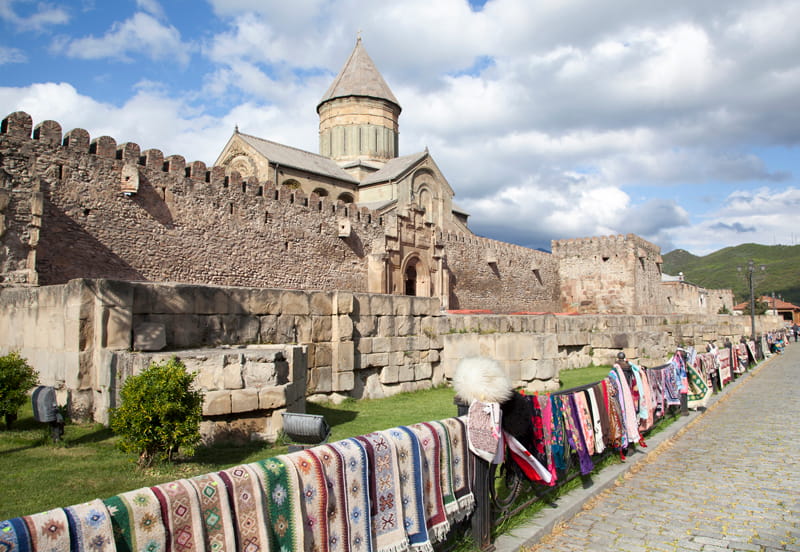In 1978, the first UNESCO World Heritage Site was born. 41 years later and a staggering 1,092 UNESCO World Heritage sites from all corners of the world have joined the ever-growing list of protected sites. It would take a lifetime to visit them all, so here are 15 of the best UNESCO World Heritage sites to add to your bucket list!
What are UNESCO World Heritage sites?
The United Nations Educational Scientific and Cultural Organisation’s (UNESCO’s) decision to list and conserve World Heritage sites first came about in 1972. The sites, they decided, would be chosen for their cultural, historical or scientific value, and would be protected by the home nation wherever possible. If a site – through natural disaster, war, pollution, or lack of funds – were to lose its value, nations that have signed the treaty must assist, if possible, in emergency aid campaigns. Over 193 of the world’s nations have signed the treaty to date.
Top 15 UNESCO World Heritage sites to visit in your lifetime
1) Old Havana, Cuba
Dating back as far as 1519, Havana’s old centre is a
Cuban cocktail of baroque and neoclassical monuments, beautifully preserved churches and art deco architecture – honouring the historic capital’s Caribbean, Spanish, French and British roots. Once
the Caribbean’s central hub for ship building, Old Havana’s original urban layout is still intact, complete with rows and rows of crumbling but oddly beautiful buildings.
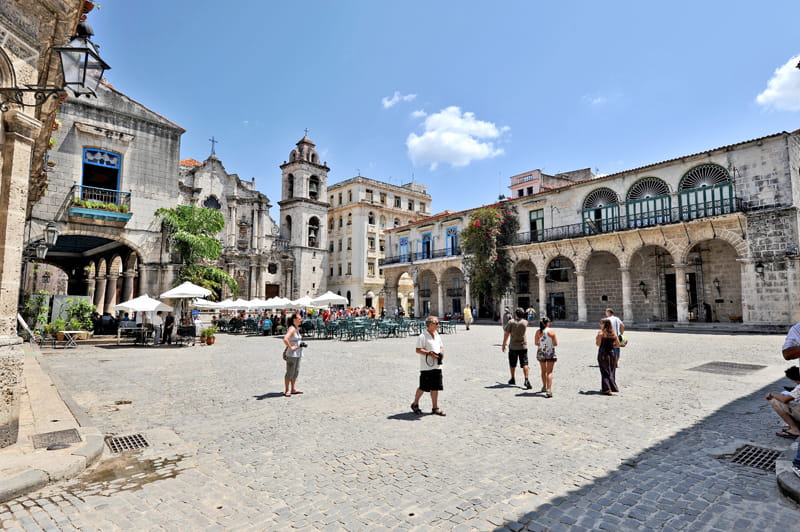
2) City of Valletta, Malta
Listed as a UNESCO World Heritage Site in 1980,
Malta’s tiny capital city crams over 300 historic monuments into just 55 hectares, making it a living and breathing open air museum showcasing over 7,000 years of history. Much of the city’s history comes from its association with the Order of St John of Jerusalem – a Catholic military order established in the 11th century to care for sick and injured pilgrims arriving at the Holy Land. The ‘Knights’ came to Malta after being driven from Greece, and remained in Valletta from 1522 until 1798.
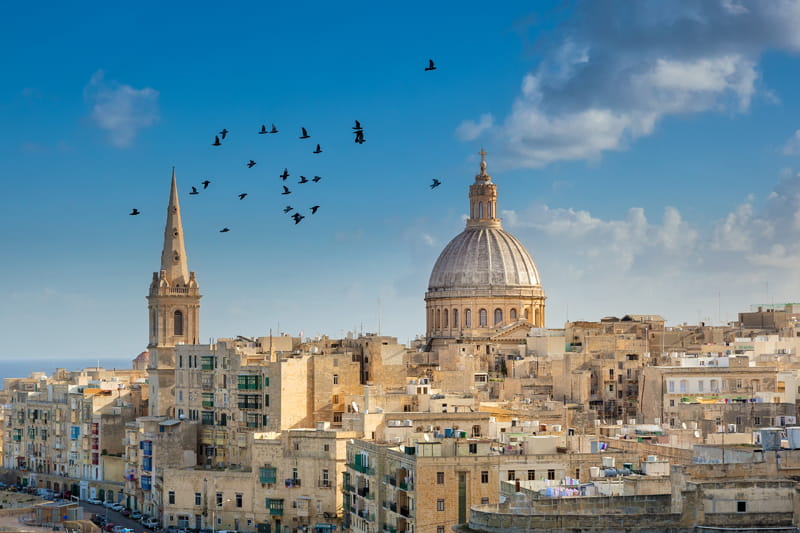
3) Ancient Kyoto, Japan
The history of
Japan and Kyoto are inseparable. Built in 794 A.D, Kyoto was the country’s imperial first capital until the middle of the 19th century. The city’s iconic temples, shines, castles and gardens are famous worldwide for narrating the development of Japanese architecture and the influential art of Japanese landscaping.

4) Machu Picchu, Peru
Perched high in
Peru’s Andes mountain range, Machu Picchu is an ancient Inca citadel that dates back as far as the 15th century. The mysterious maze of buildings, plazas, and platforms was only discovered 100 years ago and continues to bewilder historians and archaeologists – who are still to this day struggling to understand its original purpose.

5) Taj Mahal, India
Widely considered one of the most beautiful buildings ever built, the Taj Mahal in Agra is also
India’s most iconic symbol. Shah Jahan, king of the Mughal Empire from 1628 – 1658, employed over 20,000 people to build the marble mausoleum as a monument to his favourite wife, who died in childbirth. Today, the exquisite mausoleum attracts thousands of visitors each year, and stands as a testament to the artistic and scientific accomplishments of the wealthy Mughal empire.

6) Cappadocia, Turkey
This otherworldly landscape in south central
Turkey is marked by its fantastical ‘fairy chimneys’ – large cone-like formations created by the erosion of soft volcanic ash. Entire underground cities, churches and castles lie hidden underneath the surface, built by past cultures and used as hiding places from enemies and intruders.

7) Serengeti National Park, Tanzania
Famous for its immense annual migration of wildebeest and zebra,
Tanzania’s Serengeti National Park is the stuff that African safari fantasies are made of. Covering over 5,700 square miles, the savannah is home to the ‘Big Five’ and countless other species of predator and prey.

8) Hierapolis-Pamukkale, Turkey
Hanging from a steep valley in south-west
Turkey, Pamukkale’s gleaming white travertine terraces are a beautiful geological phenomenon that’s made the UNESCO World Heritage Site
Turkey’s most popular tourist attraction. There’s man-made wonders to admire here too. Just above the terraces lie the ruins of Hierapolis, an ancient Roman and Byzantine spa city.
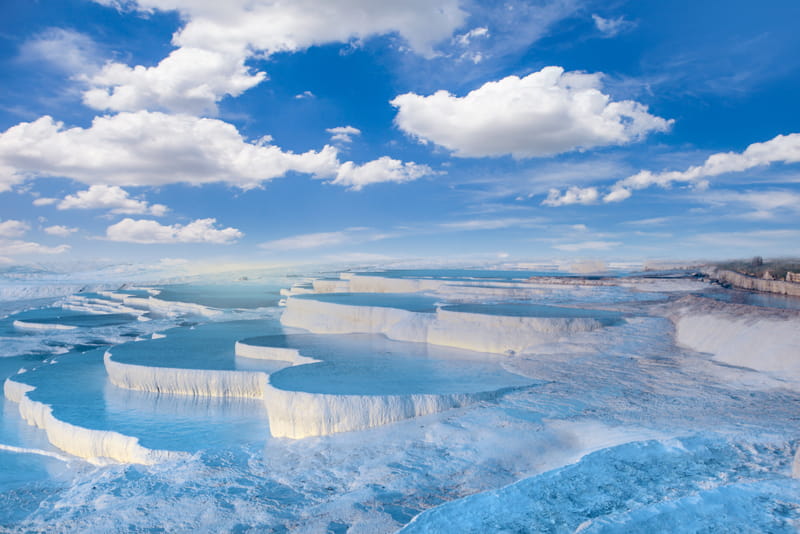
9) Historic Centre of Rome, Italy
Bursting at the seams with over 3,000 years of history,
Rome’s historic centre was first inscribed onto UNESCO’s World Heritage Site list in 1980, before being expanded in 1990 to include the properties of the Holy See such as the Vatican and the Basilica of St. Paul’s Outside the Walls. Today, the site contains a whopping 25,000 environmental and archaeological points of interest, including the Pantheon, the Forum and the Colosseum.
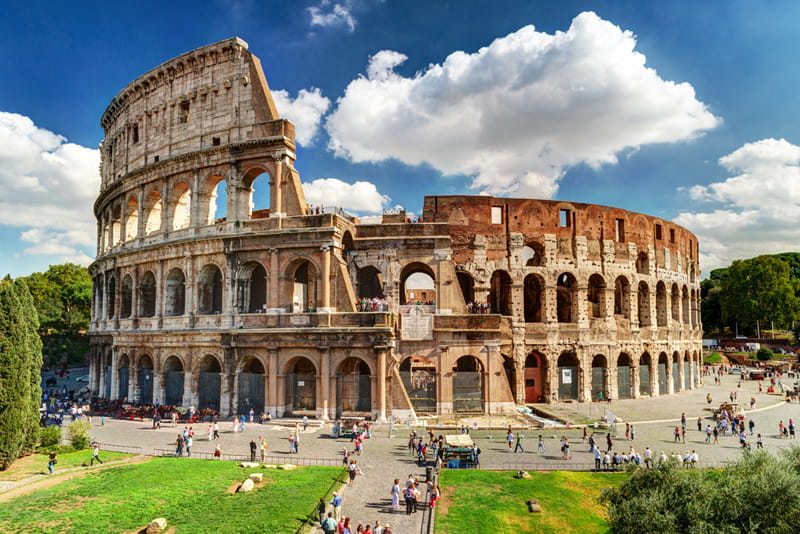
10) Old City of Dubrovnik, Croatia
Nicknamed the ‘Pearl of the Adriatic’, ubrovnik is is one of the most perfectly preserved medieval cities in the world. Although the city suffered greatly from an earthquake in 1667, its historic centre miraculously managed to keep many of its beautiful Gothic, Renaissance and Baroque churches, monasteries, palaces and fountains intact.

11) Budapest, Hungary
It doesn’t take visitors long to fall in love with
Budapest’s enchanting fairy-tale architecture and quaint cobbled streets. Cut in half by the majestic River Danube, the city is separated into the calm, ancient Buda and its livelier brother Pest. In 1987, the view of the Danube embankments and the Buda Castle District – one of the most beautiful parts of the city – were added as a UNESCO World Heritage site.
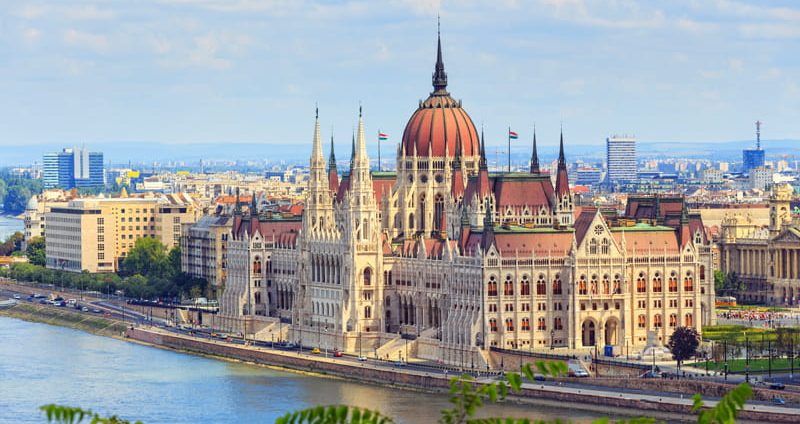
12) Bryggen, Norway
The most photographed place in Bergen, the historic Bryggen harbour district is one of North Europe’s oldest port cities, having been established as a trading centre in the 12th century. After facing a series of fires which burnt down the vast majority of the old buildings, the harbour’s last remaining structures offer a valuable glimpse into life in Bergen centuries ago.
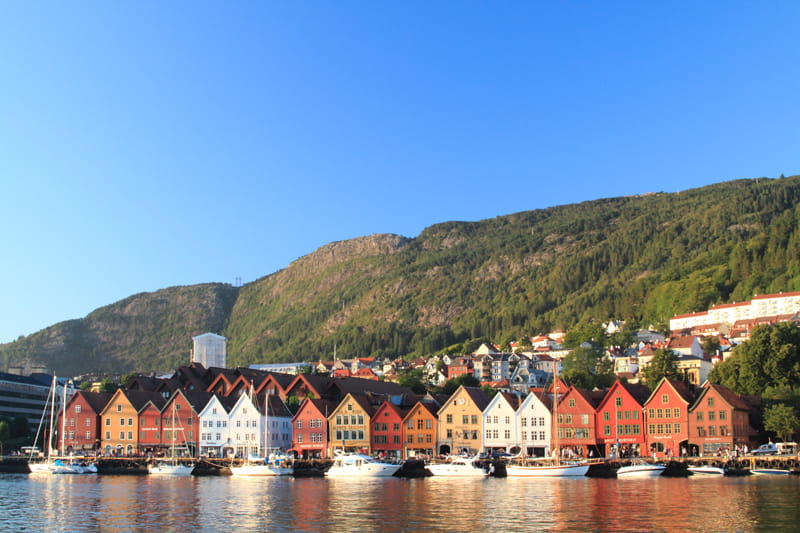
13) The Great Wall, China
One of the greatest wonders of the world,
China’s Great Wall was inscribed onto UNESCO’s World Heritage list in 1987. Built over 2,000 years ago to protect the country from invasion and to guard its Silk Road trade, the wall is a fascinating example of ancient defensive architecture.
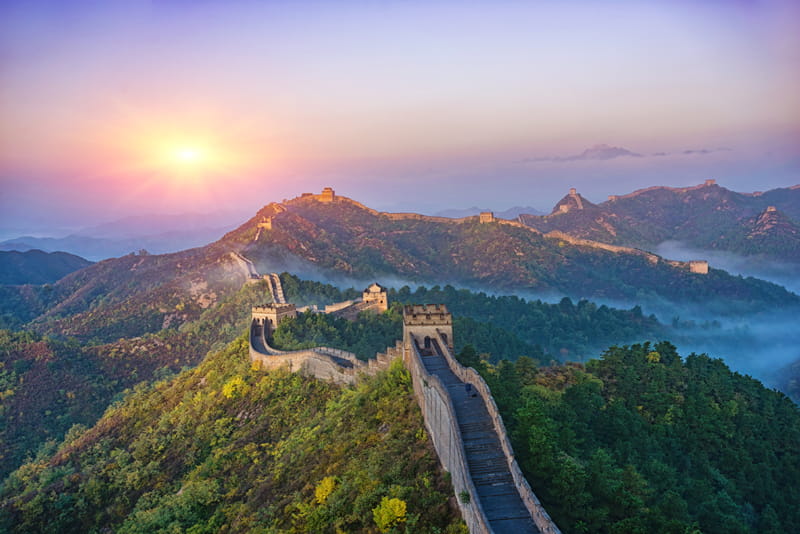
14) Ancient City of Sigiriya, Sri Lanka
Rising 200m out of the grassy plains, Sigiriya (or Lion Rock) houses the ruins of an ancient stronghold that dates back as far as the 5th century. Built by King Kasyapa, Sigiriya is now recognised as one of the finest examples of ancient architecture in the world. The king lived there until his defeat in 495 BC, after which it became a pilgrimage destination and, later on, a tourist hot-spot.
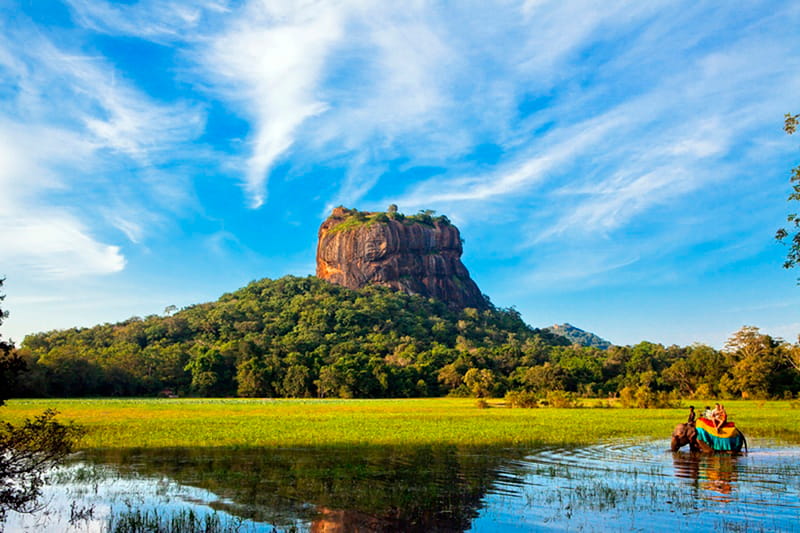
15) Historical Monuments of Mtskheta, Georgia
Not only is Mtskheta City one of
Georgia’s oldest cities, it’s also one of the oldest continuously inhabited cities in the world. Located just 20km from Tbilisi, the ancient monuments and historic churches sprawled across Mtskheta were recently removed from UNESCO’s
List of World Heritage in Danger, after being added in 2009 due to deterioration.
